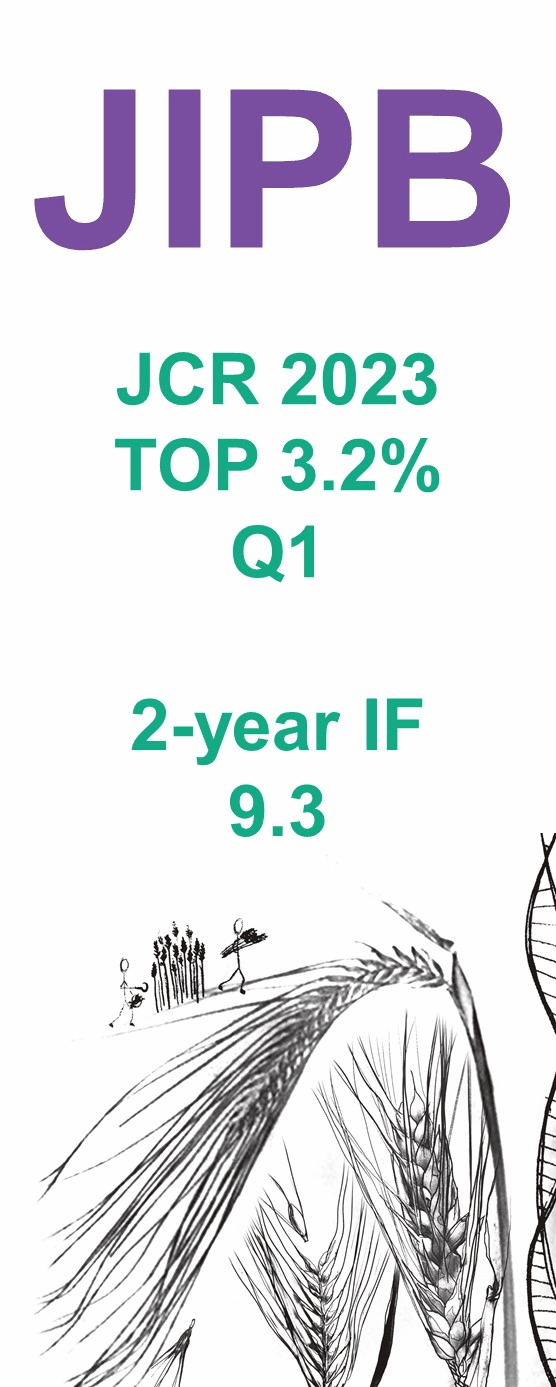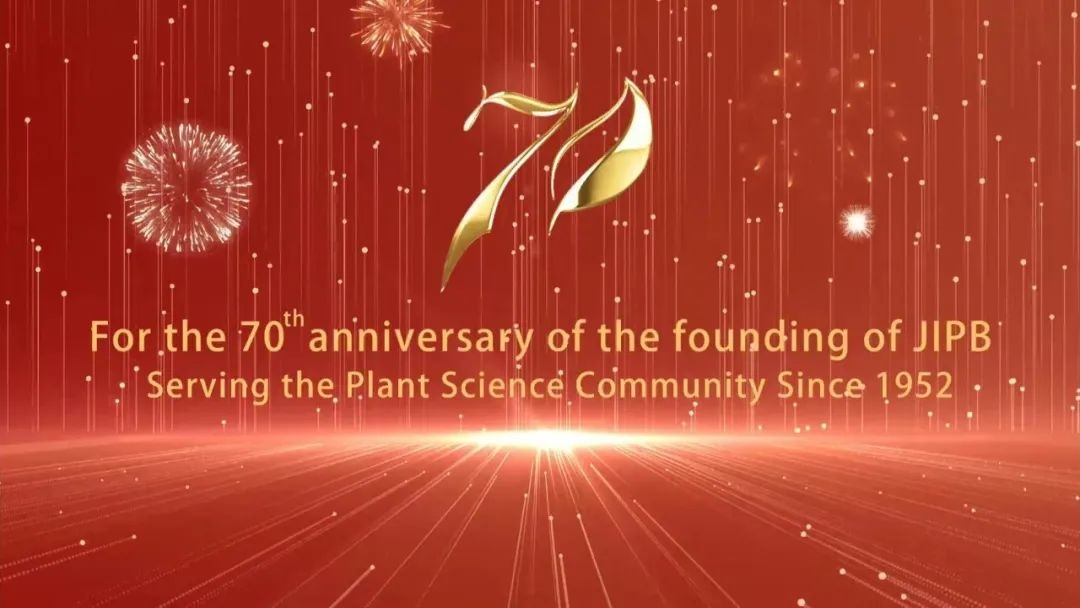-
School of Life Sciences
Peking University, Beijing 100871, China
E-mail: shangwei.zhong@pku.edu.cn
https://www.bio.pku.edu.cn/homes/Index/news_cont_jl/16/3.html
Area of expertise: light signaling, ethylene, phytochrome, calcium signal, temperature perception, mechanical touch, phase separation

Selected Publications:
Zhao, Y., Shi, H., Pan, Y., Lyu, M., Yang, Z., Kou, X., Deng, X., Zhong, S. (2023). Sensory circuitry controls cytosolic calcium-mediated phytochrome B phototransduction. Cell 186: 1230–1243.
Chen, D., Lyu, M., Kou, X., Li, J., Yang, Z., Gao, L., Li, Y., Fan, L., Shi, H., Zhong, S. (2022). Integration of light and temperature sensing by liquid-liquid phase separation of phytochrome B. Mol. Cell 82: 3015–3029.
Wu, Q., Li, Y., Lyu, M., Luo, Y., Shi, H., Zhong, S. (2020). Touch-induced seedling morphological changes are determined by ethylene-regulated pectin degradation. Sci. Adv. 6: eabc9294.
Wu, Q., Kuang, K., Lyu, M., Zhao, Y., Li, Y., Li, J., Pan, Y., Shi, H., Zhong, S. (2020). Allosteric deactivation of PIFs and EIN3 by microProteins in light control of plant development. Proc. Natl. Acad. Sci. U. S. A. 117: 18858–18868.
Lyu, M., Shi, H., Li, Y., Kuang, K., Yang, Z., Li, J., Chen, D., Li, Y., Kou, X., Zhong, S. (2019). Oligomerization and photo-deoligomerization of HOOKLESS1 controls plant differential cell growth. Dev. Cell 51: 78–88.
Shi, H., Lyu, M., Luo, Y., Liu, S., Li, Y., He, H., Wei, N., Deng, X., Zhong, S. (2018). Genome-wide regulation of light-controlled seedling morphogenesis by three families of transcription factors. Proc. Natl. Acad. Sci. U. S. A. 115: 6482–6487.
Shi, H., Shen, X., Liu, R., Xue, C., Wei, N., Deng, X., Zhong, S. (2016). The red light receptor phytochrome B directly enhances substrate-E3 ligase interactions to attenuate ethylene responses. Dev. Cell 39: 597–610.
Shi, H., Liu, R., Xue, C., Shen, X., Wei, N., Deng, X., Zhong, S. (2016). Seedlings Transduce the Depth and Mechanical Pressure of Covering Soil Using COP1 and Ethylene to Regulate EBF1/EBF2 for Soil Emergence. Curr. Biol. 26: 139–149.
For Upcoming Special lssue:

 Scan the QR code to view JIPB on WeChat
Scan the QR code to view JIPB on WeChat











